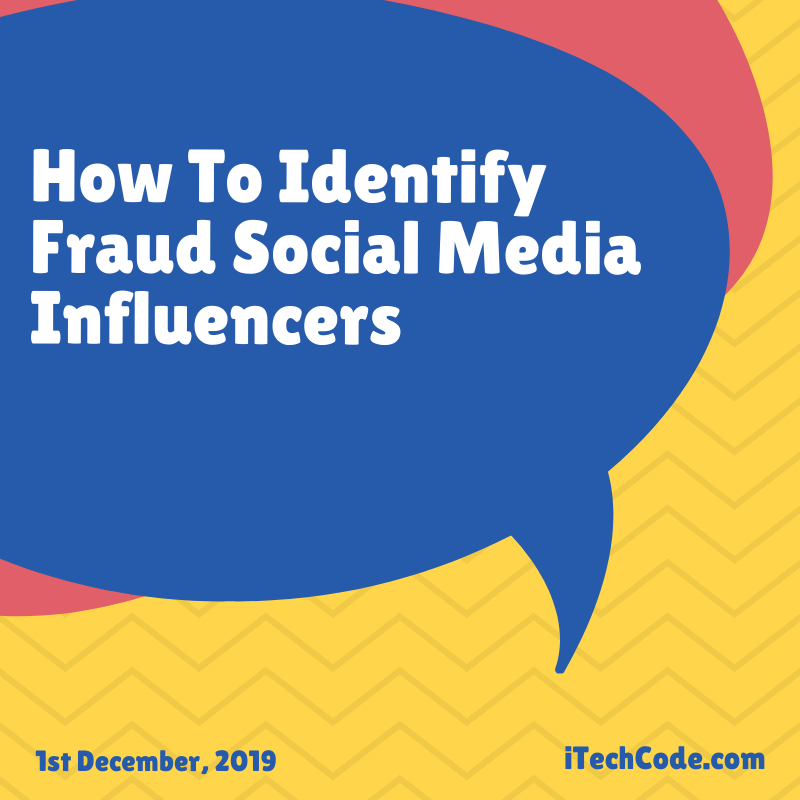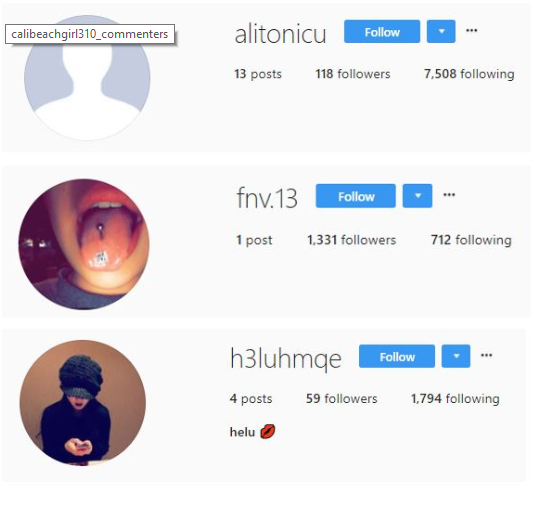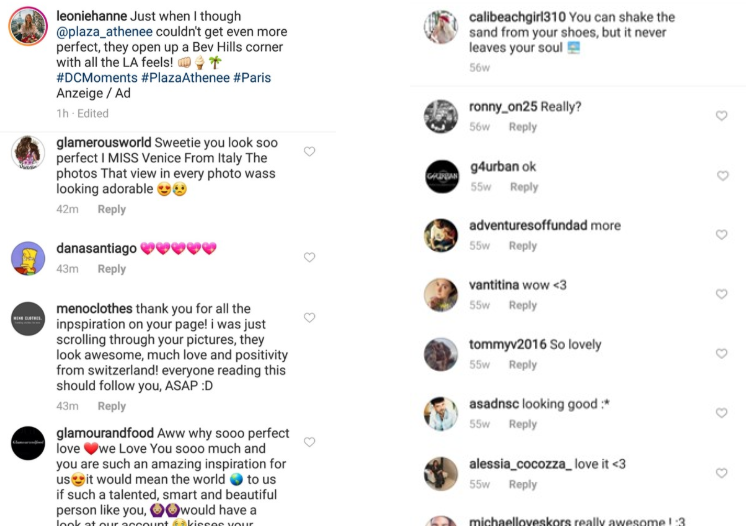Influencers evidently belong to the most celebrated figures this 2019, especially on social media. But because it’s mostly a numbers game, the creation of fake followers/engagements have also turned it into a potentially lucrative online scam.
This article provides tips on how to pinpoint these fraud social media influencers, and how to create a structure that helps you avoid working with them.
The Damage They Could Cause
For the most part, influencer fraud affects brands and agencies looking to collaborate with these social media entities, as well as the industry itself. Despite the influencer marketing industry is worth an estimated $8 billion worldwide today, there are studies that suggest it isn’t as effective as it used to be in 2022.
A recent report by Stackla found that only 23% of people believe that content from celebrities and influencers are influential. Additionally, an Association of National Advertisers (ANA) study that found that while 75% of marketers currently employ influencer marketing, only 36% consider those efforts effective, with 19% outright admitting it to be ineffective.
But according to Instagram statistics, marketers are still willing to spend anywhere from $25,000 to $100,000 on influencer marketing. This proves that influencer marketing can still be effective nowadays. How many times have you discovered a product because a brand ambassador posted something about it? How many times have you considered a holiday destination because of a travel influencer’s post?
Yes, there is still room for influencers whether on any social media platforms or anywhere. But if it’s going to be a strategy that continues to have its desired effect, both marketers and brands need to be more vigilant in spotting fraudsters.
Identifying Fraud Social Media Influencers
It’s important to note that there isn’t an exact science to this. While there are a number of tools that can help you dive deeper into social media influencers’ metrics, nothing beats manually combing through their followers, comments, and posts. But to help you get started, here are some of the things you can check to spot fake influencers.
Audience Quality
Source: https://blog.influencerdb.com
If the majority of this “influencer” follower’s list looks something like the above, it’s best that you move on. This is a good indicator that the account has been using fraudulent means to gain followers. Alternatively, you can use some online tools to gain access to influencers’ audience data and get a score to represent their audience’s quality.
Follower Growth
Tracking this helps you see whether there’s a possibility that a social media influencer purchased followers. Take a look at the comparison below between @leoniehanne and since deactivated fake channel @calibeachgirl30.
Source: https://blog.influencerdb.com
An ideal follower growth graph should look like @leoniehanne’s – generally without major spikes in either direction. It’s important to note, though, that there are exceptions to this rule. For example, while a spike in the number of followers or engagement can signal fraud, it can also be a case of a post suddenly going viral.
As well, tracking daily follower changes can help you spot fake social media influencers. Fraudsters typically gain large amounts of followers during a certain period, only to lose them over time. This could be a sign of employing bots or using follow-for-follow tactics.
Comments
Comments on @leoniehanne’s profile vs. @calibeachgirl310’s profile
Source: https://blog.influencerdb.com
As you can see above, there are times when it’s easy to see the quality of engagement just by looking at the comments. Comments by @leoniehanne’s followers directly refer to her posts, unlike those that use fake comments or engagement groups.
There are a number of other things you can check like video views, other social media profiles, and Google results. Make sure to practice due diligence in looking at all aspects before working with a social media influencer.
How To Avoid Being Preyed By Fraud Social Media Influencers
Of course, you can set a structure to help you avoid being tricked by fake influencers. We’ve included four of the most important things you can do:
1. Know your Target Audience
Who are they following and talking about?< To be able to see this through a clear lens, it’s crucial for marketers to be conscious of not projecting their own wants and needs of their audiences. This would allow you to see which influencers are actually good fits for your demographic.
2. Define Success
Create a brief that lists down exactly what you want to accomplish. Working with a social media influencer with a certain number of followers is not a goal. An example of a goal is attracting a certain number of 18-34-year-old gamer males towards your car-based video game and having them leave ratings and reviews.
To reach this goal, you can invite YouTube car gaming influencers to drive cars in real life, so they can compare it to how it feels in the game. This can showcase how realistic the game is, and can also serve as a fountain of great and trustworthy content.
3. Develop an Influencer Criteria Filter
Sticking with the examples above, once you know who your target demographic is (18-34-year-old car gaming males), the platform you’ll be leveraging (YouTube), and identify the metrics that can help you reach your goals, you have a criteria filter that you can pass influencers through.
By looking at things like how long they’ve been creating content, looking at their average engagement and views, you can weed out the fakes from those that can actually help you achieve your goals.
4. Communicate with Influencers
Numbers can only do so much for the actual bottom line. Have conversations with prospective influencers to see how they truly fit with your brand. Encourage them to share their thoughts on your strategy, how it could work with their audience as well as building a partnership.
Making lines of communication as transparent as can be will give a real sense of how effective influencers can potentially be while ensuring that working with legitimate ones in the process.
Takeaway
Influencers will always serve as great paragons to your lives as long as their intentions are genuine. And one way to ensure that is by working with real influencers. Make sure you practice due diligence and not be blinded by vanity metrics when looking for influencers to partner with. If word spreads that a person/brand/account is cheating, it can lead to reputational damage that could take even more effort to repair.




You can also stay updated by subscribing to iTechCode.